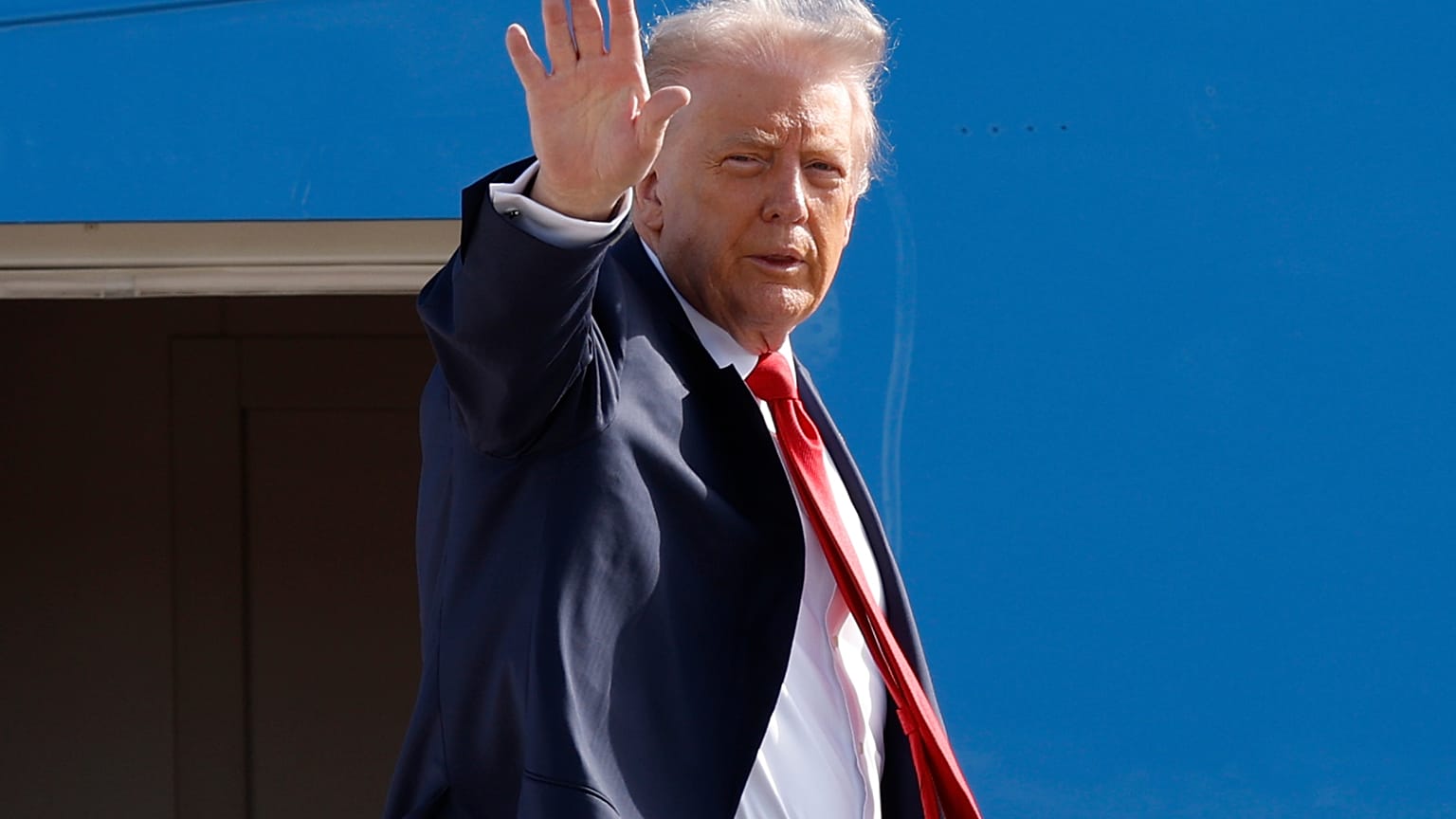In a move aimed at enhancing national security and protecting public safety, the German government has announced a new policy allowing law enforcement authorities to shoot down drones under certain conditions. The decision comes amid growing concerns over the potential misuse of unmanned aerial vehicles (UAVs) for criminal activities, including surveillance, smuggling, and attacks on critical infrastructure. This development marks a significant shift in the country’s approach to drone regulation, as authorities seek to address the increasing presence of drones in sensitive areas.
The rise of drone-related security threats
Drones have become an essential component of contemporary technology, providing a variety of uses, ranging from entertainment to commercial and military applications. Nevertheless, their extensive availability and capabilities have led to significant security issues. Drones can be easily exploited for unlawful tasks, such as smuggling prohibited items into restricted areas, gathering intelligence on critical facilities, or even executing direct assaults on vital infrastructure. To counter these dangers, the German government has decided to grant law enforcement the power to disable drones that are considered a threat to public security.
Worries about the policy’s effect on community safety and personal privacy
The decision to allow police officers to shoot down drones is not without controversy. Some argue that it could lead to unnecessary escalation, particularly in situations where drones are simply being used for recreational purposes or have unintentionally entered restricted airspace. Others have raised concerns about the potential risks to innocent bystanders, as shooting down a drone could cause debris to fall in populated areas. However, the government has emphasized that this policy will only apply in cases where drones are considered to pose a direct and imminent danger to public safety.
The growing need for stronger drone regulations
The issue of drone misuse has become more pronounced in recent years, as drones have become more affordable and accessible to the general public. While many drones are used for legitimate purposes, such as photography, surveillance, and delivery services, their potential for abuse has caught the attention of authorities. The possibility of drones being used for terrorism or criminal activities is a growing concern, particularly in the context of large-scale public events or in proximity to critical infrastructure like airports, power plants, and government buildings.
A significant incident illustrating the possible risk from drones took place in 2018, when a drone led to major disruptions at London’s Gatwick Airport. The airport was forced to close for multiple days due to a drone being seen close to the runway, causing cancellations and postponements for numerous travelers. Situations of this nature have encouraged countries globally to reconsider their drone laws, with certain nations taking more initiative in addressing the rising dangers linked to these technologies.
Germany’s latest regulation aligns with a wider European movement to enhance drone legislation. A number of nations, such as France and the United Kingdom, have put into place or are contemplating akin actions to address the increasing risk of improper drone usage. In certain instances, these countries have established restricted airspaces around essential facilities or utilized advanced technology aimed at locating and neutralizing illegal drones.
Handling the equilibrium between safety and confidentiality
A major difficulty in enforcing this type of policy is achieving a balance between ensuring safety and preserving personal privacy rights. Drones can compromise personal privacy, especially when deployed for monitoring activities. Nevertheless, the extensive application of drones for lawful purposes, including aerial imagery and delivery services, has complicated the task for legislators to develop effective regulations that cater to both issues.
To tackle these issues, the German government has stated that the policy will adhere to strict protocols and supervision. Law enforcement personnel will need to adhere to specific criteria when making decisions about whether to bring down a drone, such as evaluating the potential threat the drone represents and establishing if it is flying within a prohibited zone. Moreover, the policy will be closely observed to prevent the unwarranted targeting of innocent drone pilots.
Despite these safeguards, concerns about the potential for overreach remain. Some critics worry that allowing police to take down drones could lead to an erosion of civil liberties, as individuals may be deterred from using drones for fear of facing harsh penalties or having their equipment destroyed. There are also concerns about the potential for drone-related accidents or injuries, particularly if the drones are shot down in populated areas or near critical infrastructure.
The evolution of drone defense technologies
As drones become increasingly sophisticated and their functions keep advancing, governments must devise more complex strategies for regulating their deployment. The capability to neutralize drones is merely one of several resources available to law enforcement to ensure public safety, and it is probable that other nations will implement comparable actions in the future.
In addition to allowing police to take down drones, some governments are investing in advanced technologies that can detect and neutralize unauthorized UAVs. These technologies include drone jammers, which can interfere with the communication signals between a drone and its operator, as well as systems that can physically capture drones mid-air. While these methods are still being refined, they offer an alternative to shooting down drones, which can be dangerous in crowded or sensitive areas.
Potential impact on drone laws
The increasing presence of drones is creating a distinct challenge for authorities globally. While drones can transform sectors like logistics, farming, and monitoring, providing fresh prospects for innovation and higher efficiency, they also introduce notable threats when utilized for illegal activities or as a means of terrorism. Harmonizing the advantages of drone technology with the demand to safeguard public safety and privacy will necessitate continuous cooperation among governments, law enforcement, and citizens.
The introduction of a policy allowing police to shoot down drones in certain situations reflects the increasing recognition of these risks and the need for more robust measures to address them. However, it also raises important questions about the potential consequences of such a policy, particularly when it comes to the impact on personal freedoms and privacy rights.
Looking ahead, it is evident that authorities will have to keep updating their rules and guidelines to match the fast evolution of drone technology. Whether by implementing stricter enforcement strategies or utilizing sophisticated drone-deterrent systems, the main task will be to maintain the safe and secure use of drones while protecting personal rights and preserving public confidence.
In the ongoing discussion regarding how to effectively address the rising challenges posed by drones, Germany’s move to permit law enforcement to take down drones signifies an important milestone in the discourse on harmonizing security, privacy, and technological advancement. This initiative is expected to act as a precedent for other nations facing similar issues, as authorities aim to safeguard their populations from potential drone-related risks, all while continuing to leverage the advantages offered by this technology.





